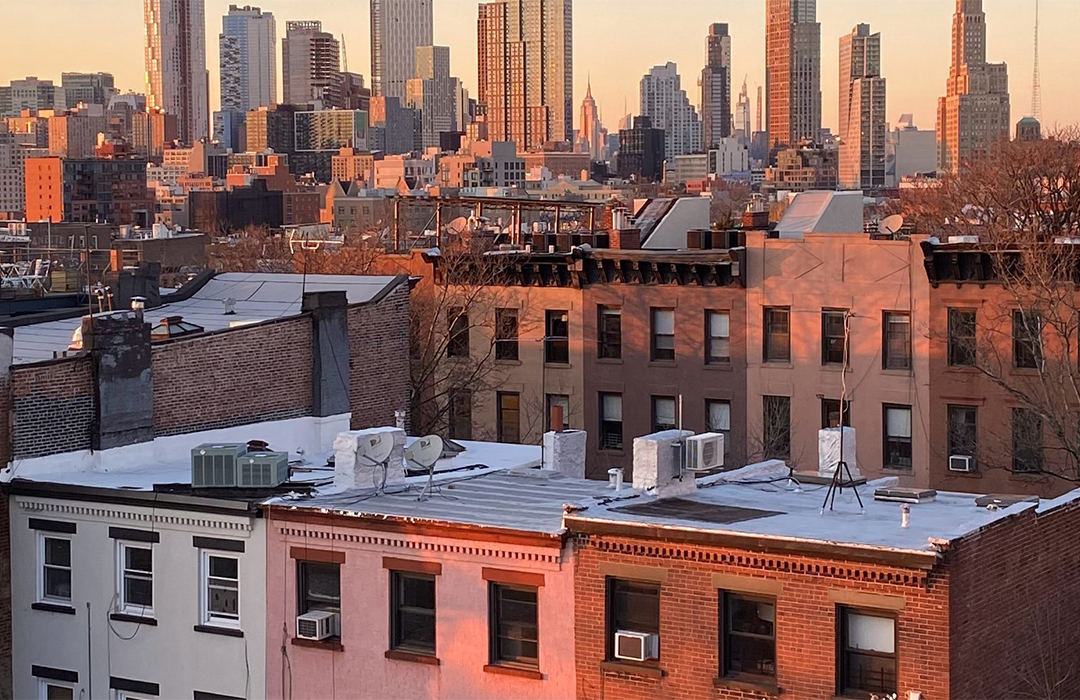
Housing Opportunity – What is it?
The City of Yes for Housing Opportunity (COYHO) proposal is a “zoning reform proposal that would address the housing crisis by making it possible to build a little more housing in every neighborhood”
But one must ask, do we have a housing crisis or an affordability crisis?
If you believe that we have the latter, City of Yes for Housing Opportunity is unlikely to help find a solution.
While we are not opposed to updating our zoning, we do, however, advocate for sensible, contextual zoning that WILL produce a more environmentally conscious, viable and affordable New York. We do not believe that City of Yes for Housing Opportunity will meet any of these needs. We believe that the zoning proposed will produce more market rate luxury housing in more densely populated neighborhoods and campuses, utilize expanded ‘affordability’ programs and Landmark Transfer Development Rights to construct taller buildings all the while removing the community even further from the public process
New York is facing a housing crisis, and preservation is enemy no. 1, according to housing advocacy groups. In reality, preserving our stock of historic properties, their history and the shared, lived history of our community can go hand in hand with creating building conversions and new constructions that are contextual and affordable.
We have outlined just some COYHO proposals that we believe are the biggest threat to our neighborhood, historic districts and landmarks.
Accessory Dwelling Units
- Accessory Dwelling Units (ADUs) are proposed as a small scale solution to a lack of housing stock. Homeowners can add on another ‘accessory’ unit to their rowhouse in the rear yard to rent out.
- This proposal reduces the rear yard from 30 feet to 20 feet. This is a significant change to our rear yards and the residential doughnut that has been maintained for generations to provide more light, air and green space. We see this encroachment into the doughnut every week at the LPC, reducing the size of the open spaces and increasing density, in a small and yet vital space in our City.
Sliver Law
- Currently, the sliver law limits heights of buildings less than 45 feet wide to the width of the street, if the building is not adjacent to taller buildings. This is in addition to existing height limits in the underlying zoning laws.
- The sliver law was put into effect in the early 1980s to prevent tall, slender buildings that were taller than the buildings they abut. The rationalization at the time was that these buildings are out of character when they stick up above the neighboring buildings.
- COYHO is proposing to get rid of the sliver law.
- We are very concerned that the removal of the sliver law will change the character of many of our mid-block residential areas.
Eliminate Parking Mandate
- This proposal will impact Commercial Districts 9 through 12 in Manhattan. Under this proposal, the provision of on-site parking is left entirely to the developer.
- Proponents of the proposal argue that adding parking to a development is expensive and has historically taken priority over adding units. However, the counterargument is that developers will not produce enough parking for their tenants and that cars owned by people occupying that building will overflow into the larger neighborhood and impact neighboring residents.
Universal Affordability Preference
- Universal Affordability Preference (UAP) replaces the existing Inclusionary Housing program and will provide 20% additional floor area to developers who opt-in to the program.
- UAP is optional but the affordability it provides is permanent. And while the program is optional, if developers use the new 485x tax incentive, they are also likely to use UAP, as the affordable floor area provided can be used to qualify for both UAP and 485x.
- It is the only affordability component of COYHO.
Conversions
- This proposal looks to convert non-residential buildings to housing. Repurposing underutilized obsolete buildings, or adaptive reuse, especially in the aftermath of the pandemic, where many offices still sit vacant, has many good objectives. Reusing buildings already built, is environmentally efficient and contributes to less change in our streetscape.
- It has been argued however, that office conversions, for example, will yield much less housing than other types of housing proposals, and will create units with substandard light and air.
Campus Infill
- Campuses are usually defined as ‘tower-in-the-park’ style structures, typically low coverage, tall buildings with ample open, green space in between. Many of our NYCHA campuses have been designed like this since the 1950s.
- COYHO changes are very significant and will make infilling the open spaces on these estates much easier. It doesn’t require height factor regulations, and allows new infill development on the campuses to use a different set of much simpler zoning regulations. COYHO removes the requirement for “residential open space” entirely. This means that our neighborhood campuses could be easily infilled with new buildings, allowing most large housing estates to become development sites.
- People arguing for this change could say that these campuses are suburban in their character and should become more urban considering their location in Manhattan. They could say that there is no place for lawns and surface parking lots on the island of Manhattan, the densest county in the densest city in America, and infill at this density is appropriate.
- However, these sites were designed to function as a whole, with open spaces being key to the livability of dense housing sites in a dense urban environment.
Landmark Transfer Development Rights
- COYHO wants to expand the Landmark Transfer Development Rights (LTDR) program to allow a landmark to transfer development rights to more receiving sites in the surrounding area, ie. across the street or a street intersection.
- The new construction site that will receive the transfer rights can increase their floor area by up to 20%.
- Additionally, the public review process of transferring landmark development rights would also be removed. Currently, landmarks can transfer up to 20% of their floor area through the ULURP process. COYHO would make this transfer not a ULURP action, which cuts the City Council out of the process.
- Floor area transfers are unlimited in high density districts, which could create extremely large developments in areas with many underbuilt landmarks.
- With no input from the City Council or the public, we are concerned about how our landmarks could be used to fundamentally change the appearance of our neighborhood.
Are you still curious for a better understanding? Watch our program, Understanding the impacts of the City of Yes for Housing Opportunity on the Upper East and Upper West Sides with George Janes, co-hosted by LANDMARK WEST! and FRIENDS of the Upper East Side Historic Districts, by clicking the IMAGE BELOW.
ALSO, please note the following CORRECTION to the Washington Houses example included in the video below.
PROJECT DESCRIPTION
SPEAKER ADAMS’ ‘CITY 4 ALL’
ZONING TEXT PROPOSAL
Read our Testimony on City of Yes for Housing Opportunity
Although they officially abstained from a vote, you can read Community Board 7’s Resolution on City of Yes for Housing Opportunity which they adopted, 26 in favor, 15 opposed.



